The Stone Age was a fascinating time in history. One of the lasting remnants of that time are drawings inside caves. These tell us what people were doing then, such as how they would hunt for food.
However, not all of these drawings and writings are easy to decipher. Some take the form of lines and dots that researchers have been trying to understand for years, and it took a furniture conservator to figure it out.
A Furniture Conservator Cracked the Code
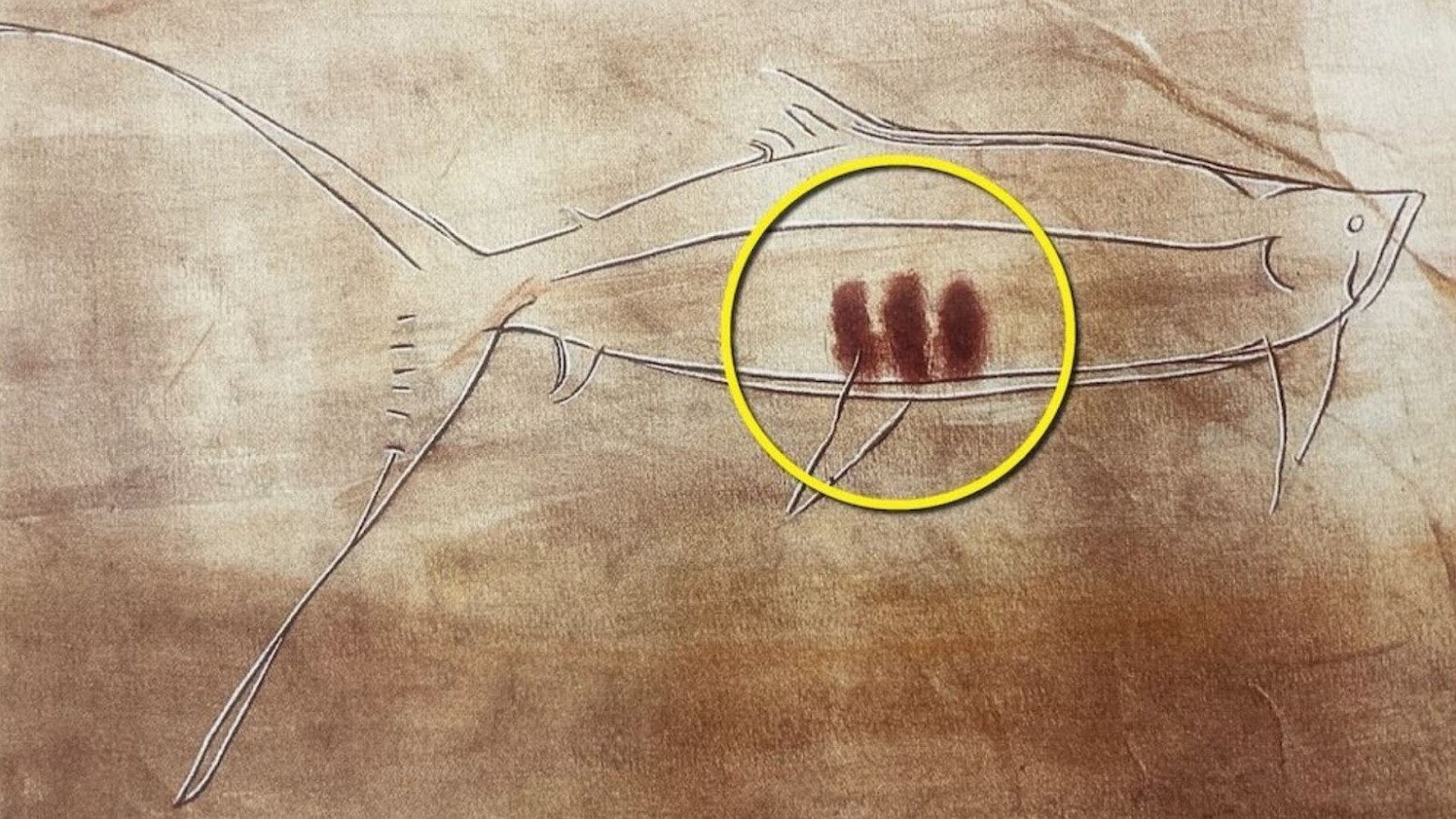
Over the years, many researchers and archaeologists have tried to decipher what the lines and dots mean, but they have had no success. However, Ben Bacon, a furniture conservator from London, has been able to figure it out.
He would spend hours looking at images of these cave paintings from the British Library and then teamed up with some professors to see if they could help prove his findings.
Taking Inspiration From Greek Text
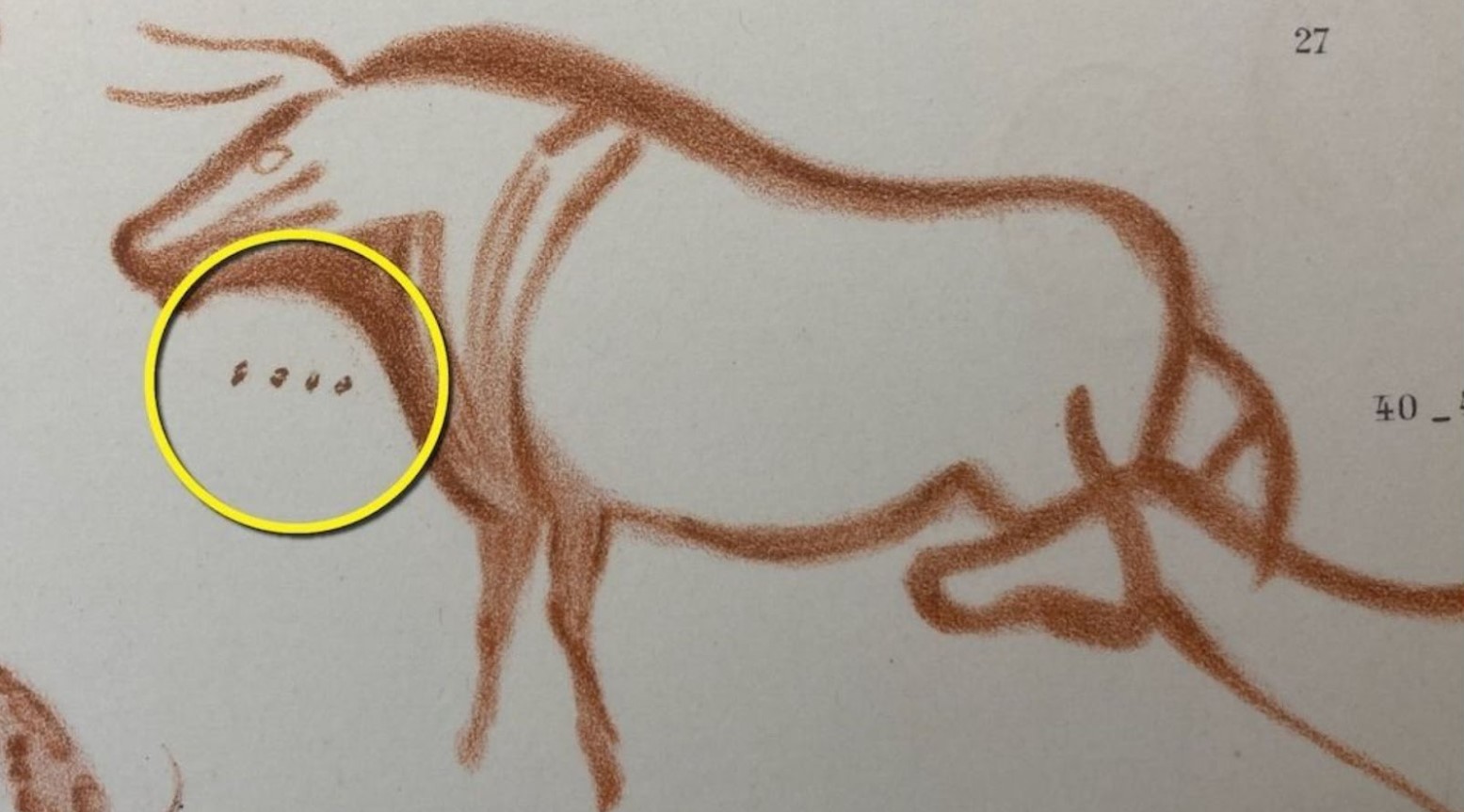
Bacon’s methods during this study were similar to those used by researchers who were deciphering what various pieces of Greek text meant. He took his inspiration from this.
This was done by looking for repeating patterns within the paintings and determining whether there were any links between them that gave clues to what these dots and lines could mean.
Comparing and Contrasting Paintings

When conducting his research, Bacon examined many different paintings from inside caves and the various markings next to them to determine their meaning.
He looked for similarities and differences in the hope that this would give him more information. After hours and hours of utilizing this method, Bacon and his team were finally able to decipher what the lines and dots meant.
What Are the Lines and Dots?
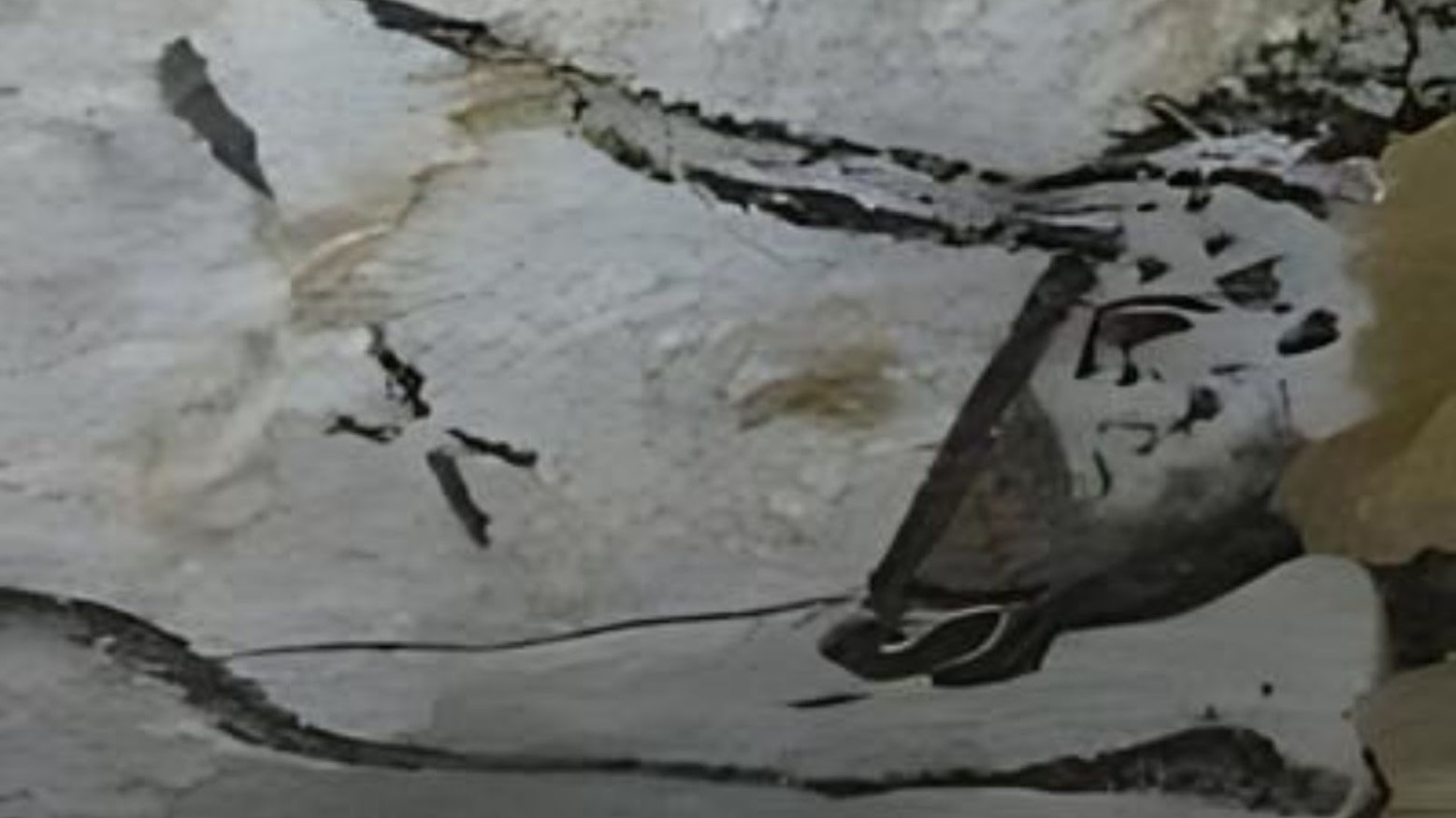
Despite researchers spending years trying to figure it out, Bacon and the team didn’t need as long to do this. It turns out that these lines and dots are a very early version of numbers.
You have to think of them like Roman numerals. There are one line, two lines and three lines, which is how cavemen would have written down numbers. They would write out one long line of single digits on the cave walls, which may have seemed simple to them but would have clearly been difficult for anyone else to understand.
Why the Dots and Lines Were Used
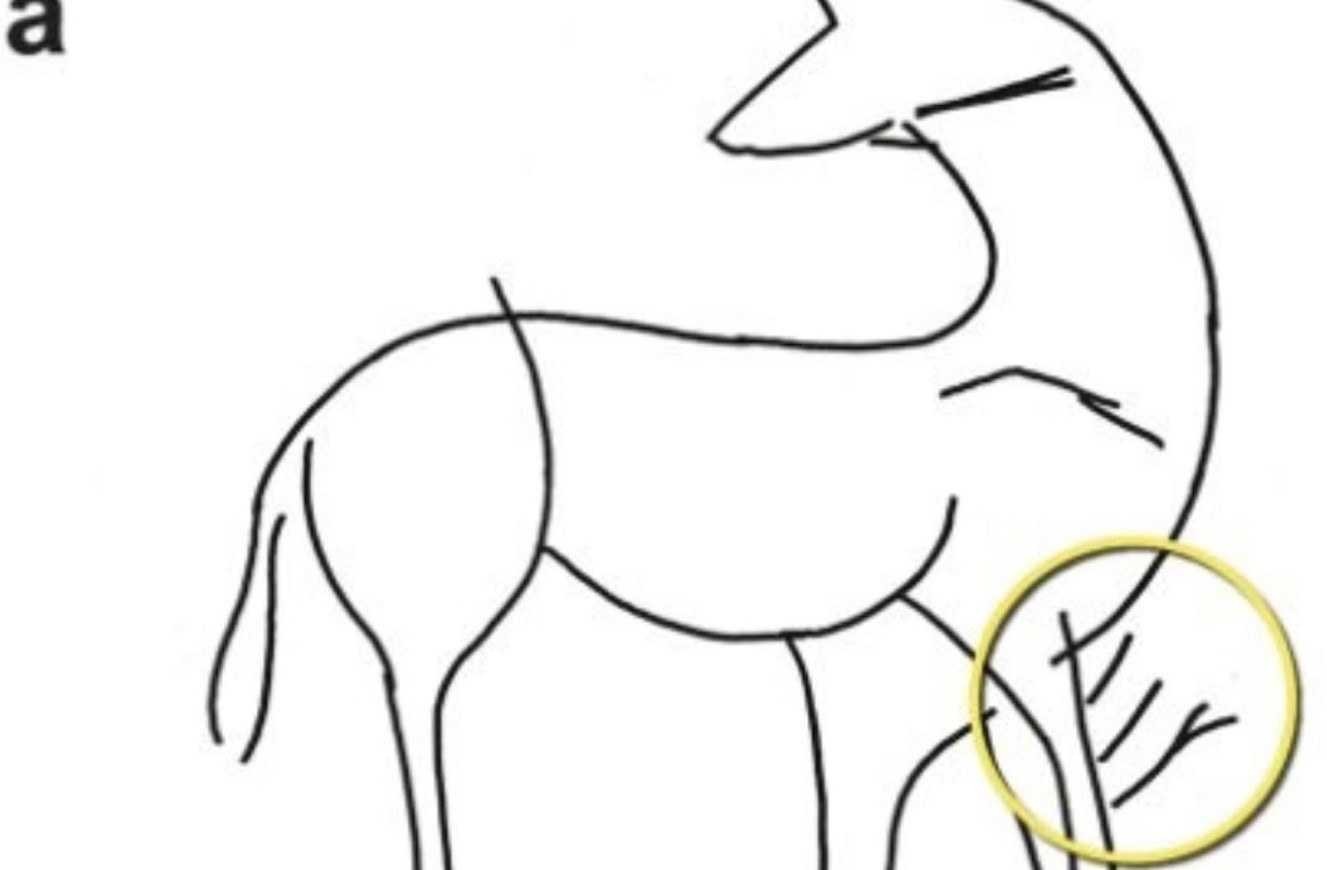
Bacon and other researchers who have studied the dots and lines realized that they had been placed next to drawings of animals, which they believed helped the cavemen when hunting animals.
This makes sense, given that the dots and lines tended to be next to drawings of various animals, such as reindeer, fish and cattle. It also gives a glimpse of what was going on in their heads at that time.
European Hunter-Gatherers
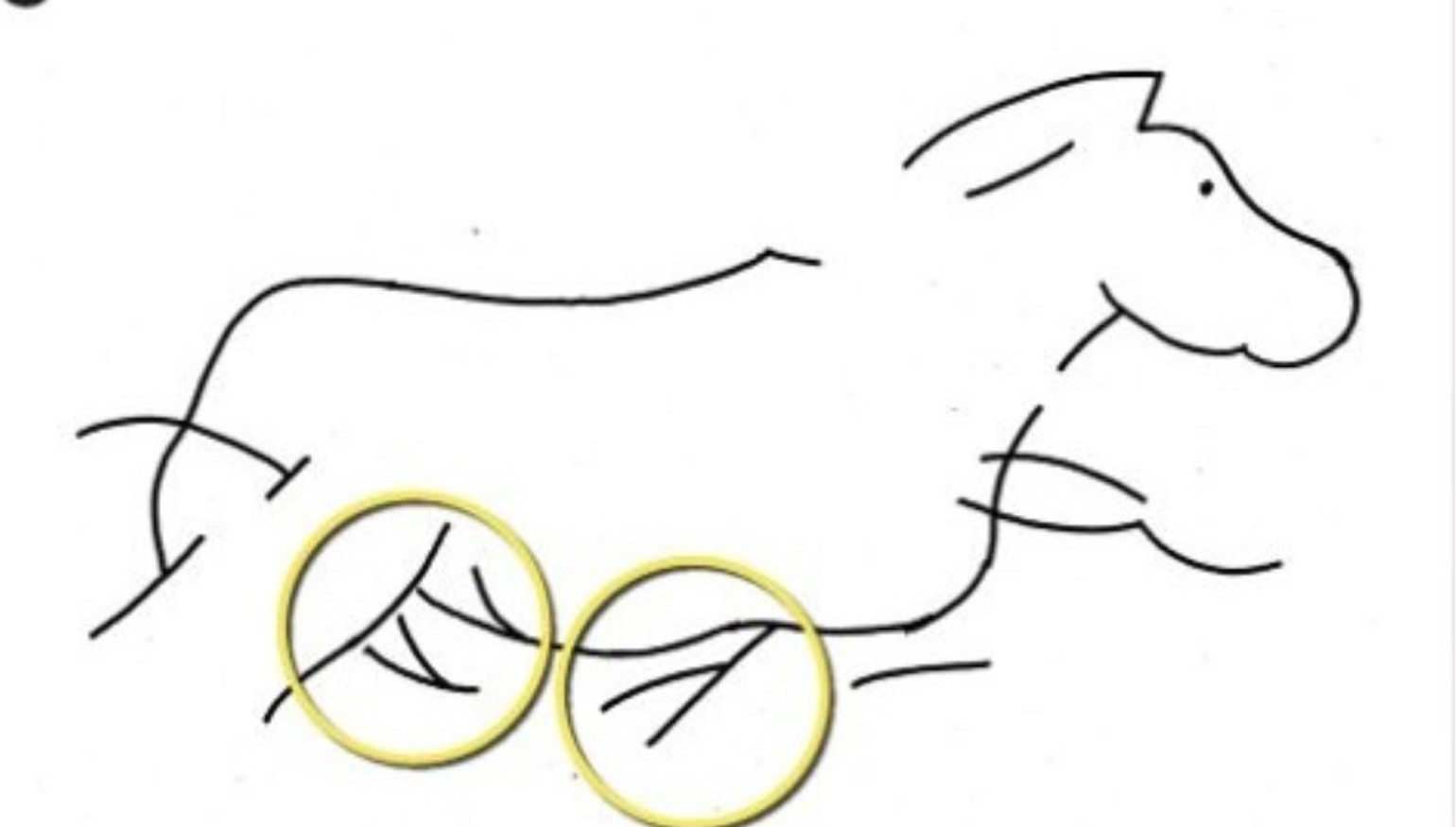
These markings and drawings were made by European hunter-gatherers, who ate a lot of meat from horses, deer and bison.
As they relied on these animals for food, they would need to figure out the migration, mating and birthing timings of the animals, which is what the research team believes these markings point to.
A View of the Lunar Calendar
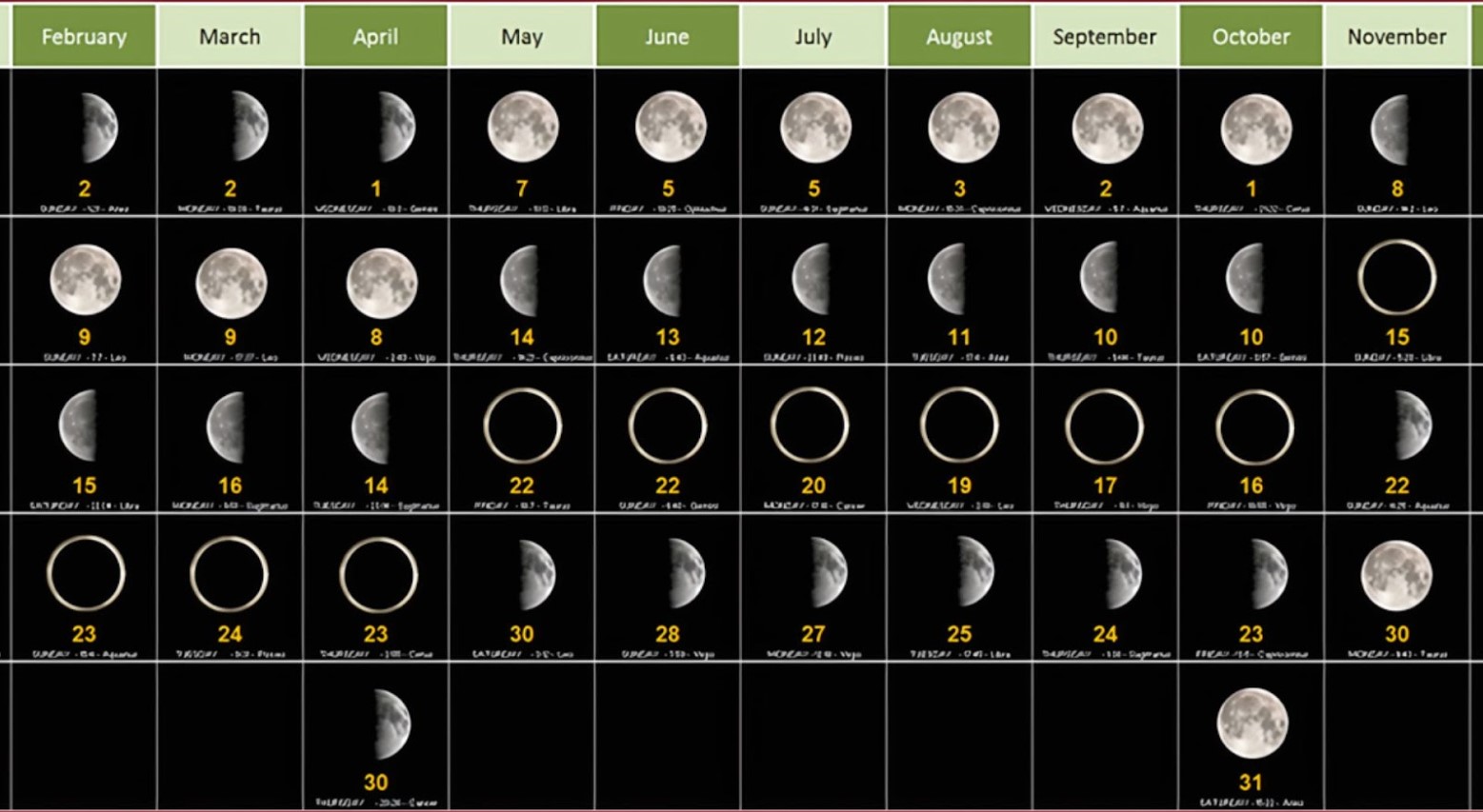
Another reason for these dots and lines was to give the cavemen a better understanding of the lunar calendar. This was more to help them know when and where their prey would be at various points throughout the year.
This suggests that they might have been more intelligent than previously thought and knew much more about the animals they were hunting and consuming.
A ‘Y’ Symbol Was Also Present
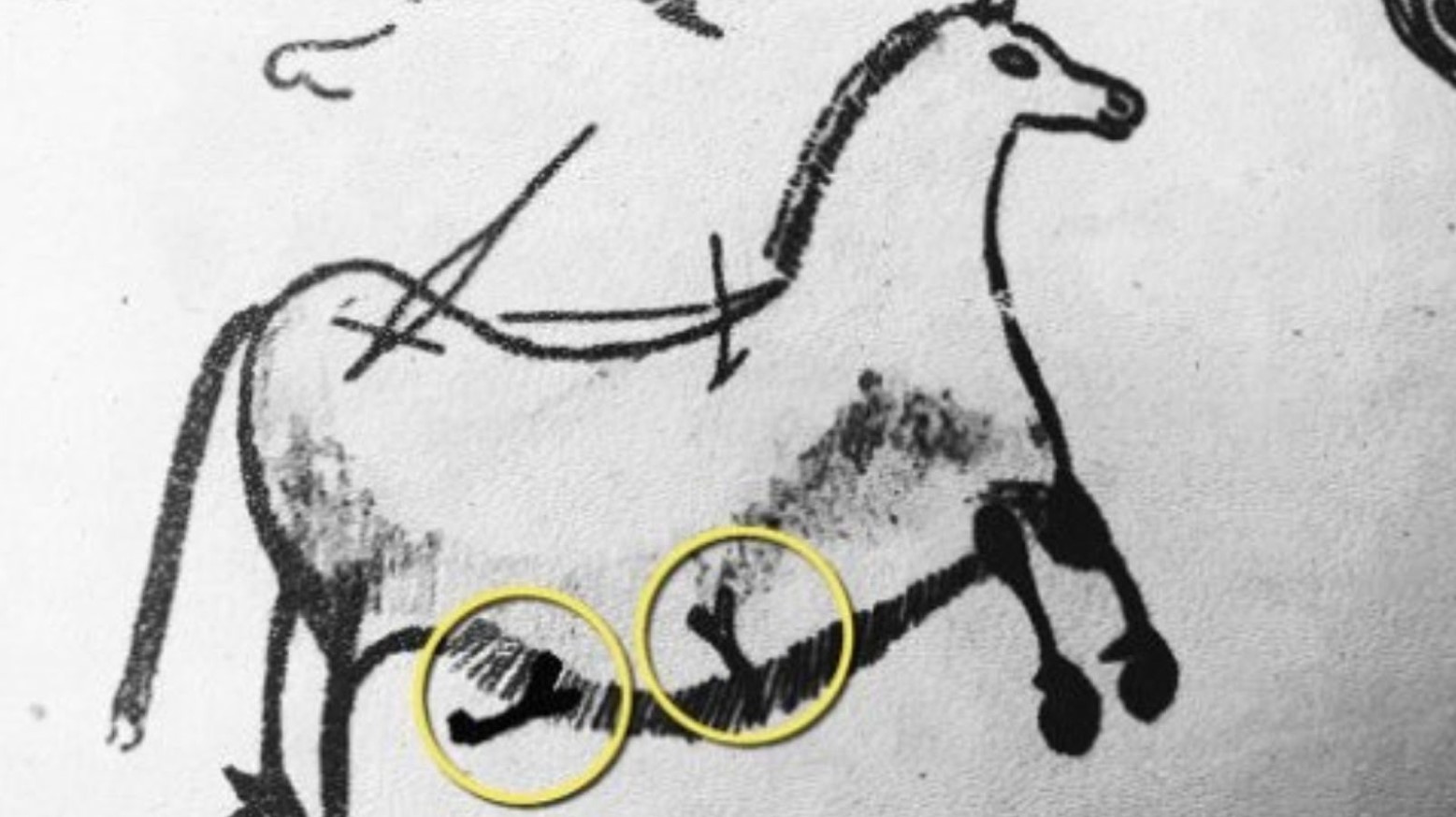
Along with the dots and lines, there were also ‘Y’ symbols next to some of these paintings. The researchers believe this symbol was used as an indication of animals giving birth.
This suggests that the cavemen were tracking the animals’ reproductive cycles, with the ‘Y’ supposedly symbolizing two legs being open as they would be in childbirth.
Challenging History

Their findings completely challenge history, as it was previously believed that this style of writing first occurred around 10,000 years after this, during the Neolithic period in the Near East.
This is yet another example of modern-day historical findings completely challenging the narrative we have long believed in. It is also hoped that these findings will give people a better understanding of what the various marks on cave paintings and drawings are.
Not Everyone Agrees

Despite developing a theory that challenges history, not everyone is convinced that this research team has got it right. Some believe that they are clutching at straws, as not everything the research team says adds up.
Melanie Chang, a paleoanthropologist, agrees that “Upper Paleolithic people had the cognitive capacity to write.” However, she went on to say that the hypotheses aren’t supported by the results and don’t address alternative interpretations.
A Progression of Time

Everything changes throughout time, and the markings next to the cave paintings are the perfect example. They show just how far we have come over the last 20,000 years.
The Upper Paleolithic people didn’t just hunt animals for food but studied various patterns throughout the year, such as where the animals would be, when the mating season was, and when they were likely to give birth. This shows how intelligent they were and that they knew much more than was previously thought.
